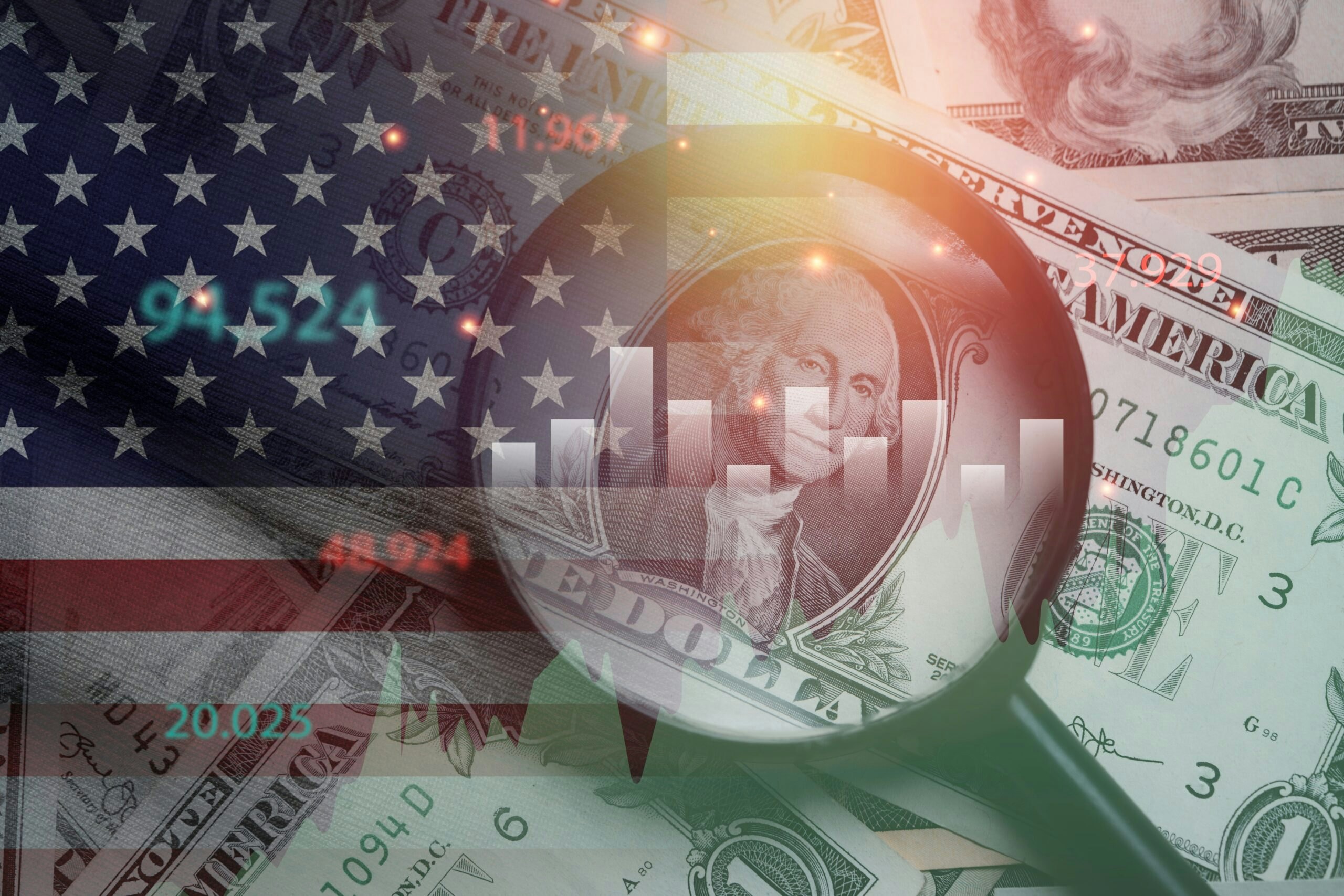How America responds to the COVID-19 crisis will influence how severe the near-term recession becomes. But Washington’s response will also make all the difference to the nation’s long-term economic health.
How America responds to the COVID-19 crisis will influence how severe the near-term recession becomes. But Washington’s response will also make all the difference to the nation’s long-term economic health.
Policies for holding down unemployment and ensuring a strong recovery later should start from two principles: lend to fundamentally sound employers while the crisis persists, and trust the resilience of the free market economy after the worst is past.
Today’s economic challenge is that businesses, even the strongest, face a cash crisis more severe than balance sheets are built to withstand. Cash flow has collapsed because revenues have suffered a sudden stop while payroll, rent, and interest expenses continue as usual.
According to a Womply survey, 21 percent of small businesses can’t survive past a month if sales stop completely, while 72 percent can’t survive six months. Large employers have more ability to tap credit lines and other resources, but banks don’t have infinite lending capacity to see corporate America through the crisis. Employers have little choice but laying off workers when they’re running out of cash. Weekly unemployment claims over the last two weeks have spiked to 9.9 million workers – more than nine times worse than America’s previous worst two-week period ever in 1982.
Mass unemployment and business bankruptcies impose a profound human toll, but they’ll also impede recovery when today’s crisis recedes.
The answer is for the federal government to lend without limit to all employers needing help, as long as the cash crunch continues. The $2.3 trillion CARES Act enacted last Friday rightly focuses on business lending, with $1.1 trillion aimed at employers.
This is not enough. Washington will need to do more. America needs additional channels for small business loans, since the new law makes the heroic assumption that the Small Business Administration can increase its loan portfolio eight-fold in a matter of weeks. Bank regulators must send stronger messages encouraging aggressive new lending and forbearance on existing loans, since their natural tendency to promote bank prudence will exacerbate the cash crunch.
If businesses remain closed into the summer, new lending facilities will prove too small to prevent accelerating unemployment and bankruptcies. As lawmakers begin to discuss priorities for a “phase four” coronavirus response bill, they should prepare for additional rounds of lending.
Just as important, however, is creating conditions in which America’s private sector will roar back after the crisis. The nation’s productive capacity will be intact and ready. Consumer demand will be strong, even if there are shifts in preferences, like de-emphasizing crowded places.
While the private sector will emerge with enormous indebtedness, most enterprises will be able to repay emergency debts through revived profits. For large firms resorting to government loans, restrictions on dividends and stock buybacks will create incentives to repay loans quickly.
Some companies will need to raise new capital to reimburse the government. But America has the world’s most sophisticated capital markets, and they’ll accomplish this job efficiently if the government allows them. Although government loans to the banking sector during the 2008 financial crisis were politically unpopular, they were successful. Banks raised more than $200 billion in equity capital and paid the government back with interest.
A crucial part of the medium-term strategy is resisting temptations to pursue policies having nothing to do with today’s crisis but adding uncertainty to business decision-making. There’s nothing wrong with America’s flexible labor markets – which help make Americans far more prosperous than people in less flexible economies – or with buybacks that recycle capital to its highest use. It’s unhelpful to the recovery when politicians say the crisis presents “a tremendous opportunity” to reshape the economy, as one recently did.
Policymakers should recognize it is private sector ingenuity that has ramped up tests to 65,000 a day and may soon deliver COVID-19 vaccines and medications.
As for longer-term policies reflecting what we are learning today, how about building a stockpile of ventilators and other vital equipment, just as we maintain a Strategic Petroleum Reserve? Or identifying excessive regulations impeding the private sector’s mobilization against the coronavirus, and loosening them? States should reform restrictive occupational licensing rules that, among other baneful consequences, have created staffing shortages in healthcare.
Finally, Washington should set the stage for vigorous recovery by promising temporary spending levels will not become permanent. The national debt will, of necessity, explode upwards this year. If America’s debt remains on a path towards exponential growth, it will crowd out private-sector investment and hold back growth for decades. Think of post-crisis spending restraint not as “austerity,” but as putting the emergency fire trucks back in the firehouse, where they will then belong.
Time and again, America’s private sector has healed faster after crises than almost anyone could imagine. If Washington gets its strategy right, the economy will again prove its resilience.
































